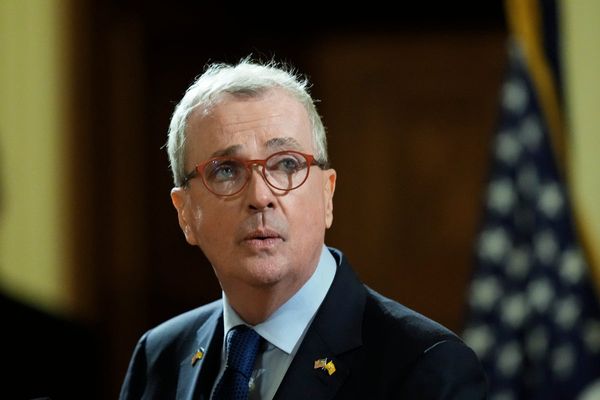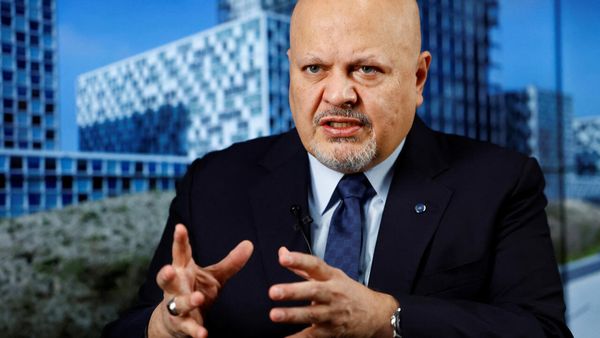
For months there has been hope that inflation might come tumbling down from its highest rate in 40 years. In search of an elusive peak, and despite having already made several wrong calls, some forecasters are suggesting that a rapid decline is all but “guaranteed”.
This week will put those expectations to the test, with the publication of a range of economic data that will influence the Bank of England as it considers whether to hit the pause button on its most aggressive policy of interest rate rises in decades.
City economists forecast a cooling in the UK’s March inflation rate when official figures are released on Wednesday, with expectations for a reading of 9.8% – the first single-digit figure since August last year.
But analysts had made similar noises a month earlier, when the surging price of food led to an unexpected jump to 10.4%, in a painful reminder that Britain’s cost of living crisis is far from over.
Even if the headline rate for March is lower, prices will still remain high. A drop in inflation does not necessarily mean that prices are falling for consumers – it just means that the annualised rate of growth is not quite as fast as it had been in the previous month.
Over the past two years as a whole, since Britain’s current inflationary burst really took root, living costs have risen by a staggering 17.2%. To put that in context, it took almost a decade for the average basket of goods and services to increase by that amount in the years running up to the Covid pandemic.
But economists have one key reason to expect the March inflation reading to have fallen: timing. Because inflation is calculated as the annual rate of change for an average basket of goods and services, the initial surge in energy prices after Russia’s invasion of Ukraine a year ago will drop from the official estimates. This will be highlighted in March by changes at the petrol station. Average petrol prices had surged between February and March 2022 at their fastest monthly rate since 1990, but have fallen over the same period in 2023.
In April there should be an even bigger drop in inflation. Consumer energy prices are expected to remain the same, but the month includes the anniversary of April 2022’s dramatic 54% increase in the Ofgem price cap. The government’s extension of its energy price guarantee at the current level of £2,500 for the average household bill will also help.
Wholesale energy prices have fallen sharply since Vladimir Putin’s tanks first rolled into Ukraine: the global oil price is down by about a third from its peak last summer – even after a recent rally is taken into account. Bottlenecks in global trade, first triggered by the pandemic, are also beginning to ease.
Despite these headline issues, some risk factors are pushing inflation in the opposite direction, and could mean it remains higher than the Bank’s 2% target rate long after these tailwinds have worked their way through the system.
The latest snapshot of the UK’s labour market, on Tuesday, will be closely watched, in particular by Bank officials on the hunt for any signs that rapid growth in workers’ pay might keep inflation at elevated levels. Britain’s better-than-feared economic growth figures are another factor to consider.
Recent indicators have suggested that labour demand is cooling, with a closely watched survey last week pointing to a slowdown in wage growth and greater availability of jobseekers. However, Brexit trade barriers, and the UK’s failure to increase the size of its workforce, could still add to inflationary risks.
Given this mixed picture, the Bank’s next rate decision on 11 May will be finely balanced.







